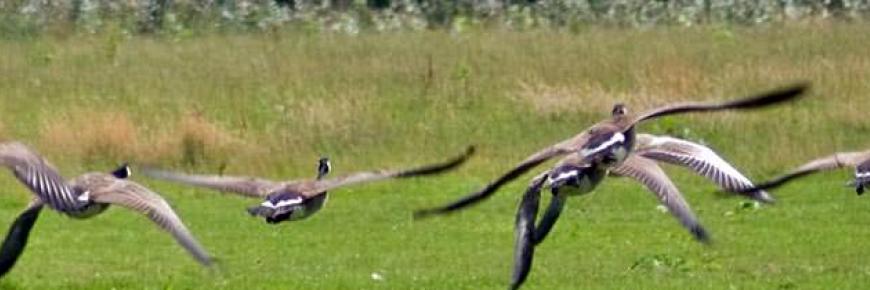Gigantic Invasion
If there is one invasive species which truly resembles an alien species it is Giant Hogweed. Reaching up to FIVE metres tall with flower heads spanning 80 cm across and leaves up to 1m in diameter as well as an alien-green purple-speckled stem; Giant Hogweed is truly a real life triffid. And a triffid alien which is spreading across Europe armed!

Giant Hogweed sap is contains a type of photosensitizing compound (furocoumarin) called psoralen. This compound is readily absorbed into skin cells where, once exposed to ultraviolet radiation (sunlight), it can cause two toxic reactions: ultraviolet-activated psoralen binds to the cell DNA and ultraviolet-activated psoralen reacts with the cell membrane causing damage. Combined, these reactions result in cell death making the skin blister. This is called phytophotodermatitis.
Although these chemicals were originally produced by the plant for defence against grazers and other natural enemies, they now pose a serious threat to humans as the plant begins to invade our amenity areas. Given its toxicity and size, Giant Hogweed can be problematic to remove. Furthermore, one Giant Hogweed plant can produce up to 80, 000 seeds forming an extensive seed bank which can re-grow year after year.
As always, records of this plant are vital, as we can’t properly battle the invader unless we know where it is. You can submit your sightings of this alien giant using our free app ‘That’s Invasive!’
References
Camm E, Buck HWL, Mitchell JC. Phytophotodermatitis from Heracleum mantegazzianum. Contact Derm. 1976;2:68-72
Nielsen C, Ravn HP, Nentwig W, Wade M. The giant hogweed best practice manual. Guidelines for the management and control of an invasive weed inEurope. Hoersholm:Forest&LandscapeDenmark; 2005.
http://www.nonnativespecies.org/factsheet/factsheet.cfm?speciesId=1705
Photo Credits:Triffid (Allied Artists); Giant Hogweed (Derek Harper)

